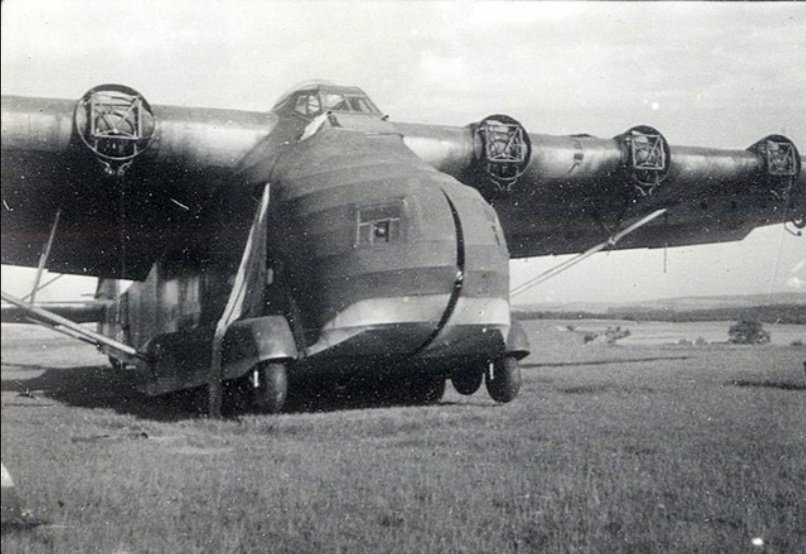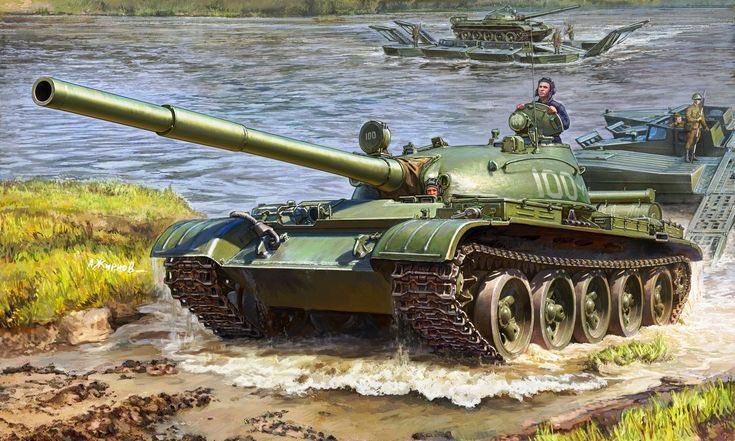
-Sky Giants- 🧵
Me-323 Gigant
The Messerschmitt Me 323 was a military transport plane. It was a power variant of the Me-321 glider. (1/5)
#svagaiature #WWII #aviationlovers #aviationdaily #Germany #History #planespotting
Me-323 Gigant
The Messerschmitt Me 323 was a military transport plane. It was a power variant of the Me-321 glider. (1/5)
#svagaiature #WWII #aviationlovers #aviationdaily #Germany #History #planespotting

Development began in 1941, german used french radial engines in order to not put more stress on their industry. They also reinforced the wings and installed a steadier undercarriage comprised of four small wheel at the front and six larger wheels on the side of the fuselage.(2/5) 

At the beginig were used only 4 engines, later upgraded to six, in version -D.
The Me-323 wings were made out of plywood and fabric, while the fuselage consisted in a metal tube construction with wooden spar. The floor had heavy breacinf to support the cargo. (3/5)
The Me-323 wings were made out of plywood and fabric, while the fuselage consisted in a metal tube construction with wooden spar. The floor had heavy breacinf to support the cargo. (3/5)

The -D series had a crew of 5: two pilots, two flight wngineers and a radio operator; two gunners could also be carried. The maximum takeoff weight was around 12 tonn. (4/5) 

In September 1942 Me-323 were delivered for use in the Tunisian campaign, in order to support Rommel's troops, because of the high rate of loss of Axis ship.
The production ceased in 1944, and 198 airplanes were made, of which none have survived to this day. (5/5)
The production ceased in 1944, and 198 airplanes were made, of which none have survived to this day. (5/5)

• • •
Missing some Tweet in this thread? You can try to
force a refresh





